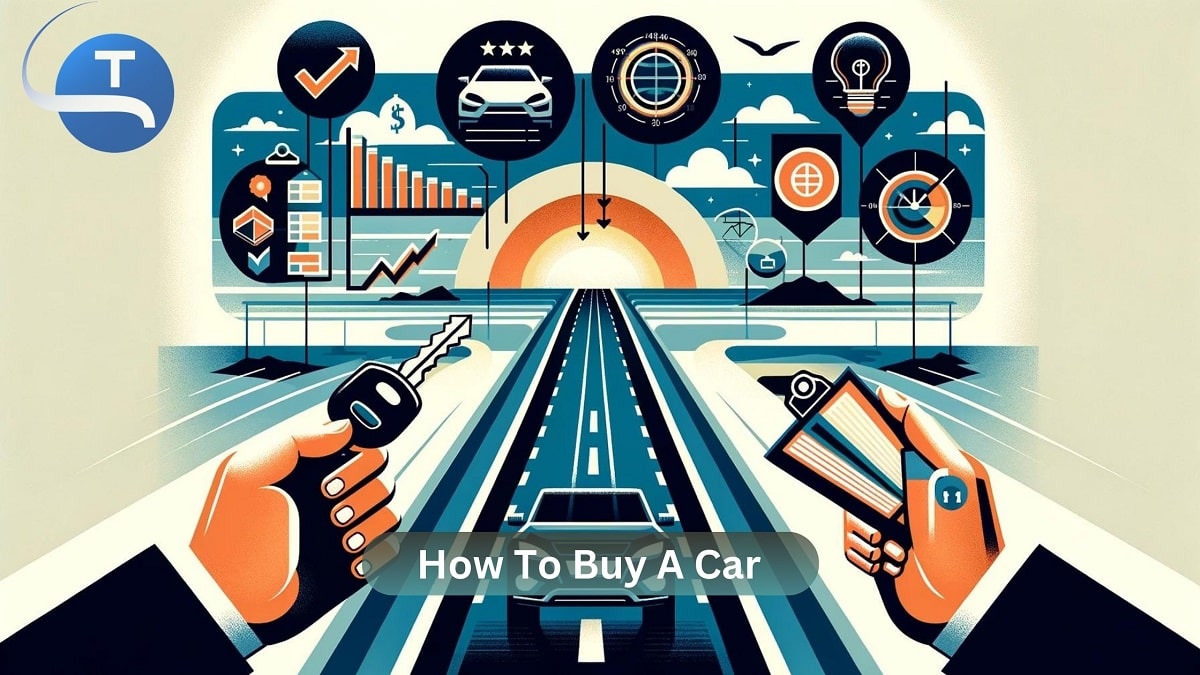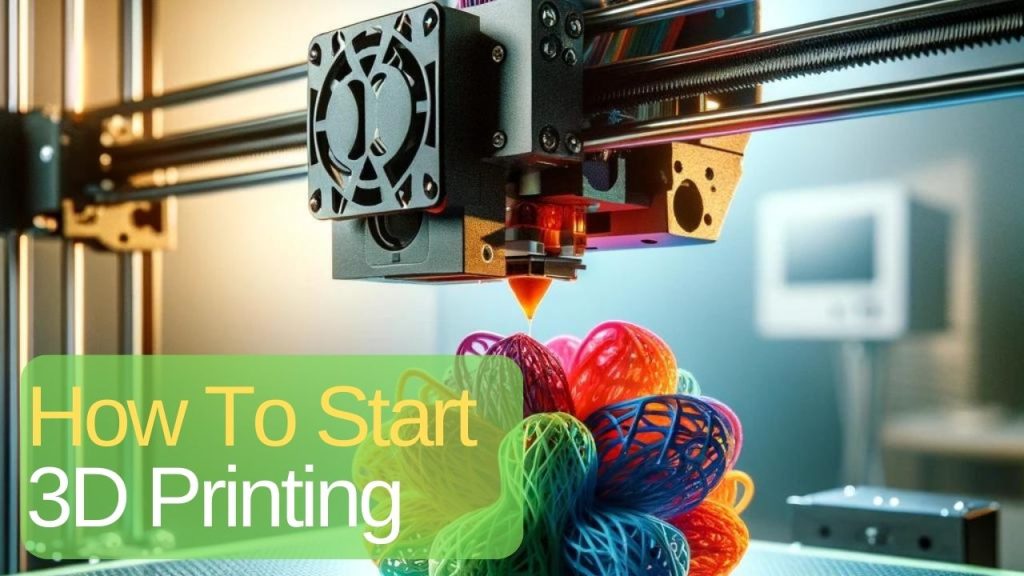Your Journey On How To Buy A Car Starts Here
Learning how to buy a car is a significant milestone in many people’s lives. It’s not just about choosing a vehicle; it’s about making an informed decision that aligns with your needs, budget, and long-term satisfaction. This guide is crafted to navigate you through the essentials of car buying, blending data, facts, and insights to ensure you make a choice that brings you joy and reliability.
Given the structured approach to expanding the article, let’s delve into the first section in more detail, using insights from the guide we developed earlier. I’ll focus on Understanding Your Car Buying Budget and incorporate relevant data, facts, and statistics to enrich this section.
How To Buy A Car And Budgets
When it comes to buying a car, the first roadblock isn’t choosing the model—it’s figuring out your budget. Your budget isn’t just the sticker price; it’s the total cost of owning a car over time. A smart car buying budget includes the purchase price, insurance premiums, maintenance costs, and fuel expenses. Did you know that the average annual cost to own and operate a new vehicle in 2023 is about $9,666 (or $805.50 per month), according to AAA? This underscores the importance of comprehensive budget planning.
Factoring in Depreciation
One of the biggest costs of owning a car is depreciation. A new car loses about 20% of its value the moment you drive it off the lot and roughly 40% in the first three years. This means if you buy a new car for $30,000, it might only be worth $18,000 three years later. When setting your budget, consider how the car’s value will decrease over time, especially if you plan to sell or trade it in the future.
Insurance Costs
Insurance is another critical factor in your car buying budget. The average cost of car insurance in the U.S. is around $1,674 per year for full coverage, but rates can vary significantly based on the car model, your driving history, and where you live. For instance, sports cars typically have higher insurance rates compared to family sedans.
Maintenance and Repairs
Routine maintenance and unexpected repairs also add to the total cost of ownership. On average, drivers spend about $1,200 per year on maintenance and repairs. New cars might have lower maintenance costs initially due to warranty coverage, but remember, as a car ages, repair costs tend to increase.
Fuel Efficiency
Lastly, consider fuel efficiency, as this will be an ongoing expense for as long as you own the car. The difference in annual fuel costs between a car that gets 20 miles per gallon and one that gets 30 miles per gallon, at an average of 15,000 miles per year and $3.50 per gallon, is $875. Over five years, that adds up to $4,375 in savings if you choose the more fuel-efficient vehicle.
By understanding and preparing for these costs, you can set a realistic budget that fits your financial situation and lifestyle needs. This ensures the excitement of buying a new car doesn’t turn into stress over meeting monthly payments and maintenance costs.
The Benefits of New vs. Used Cars
Deciding between a new and a used car is more than a matter of personal preference—it’s a financial and lifestyle choice that requires careful consideration. Each option comes with its own set of benefits and drawbacks that can significantly impact your long-term satisfaction and budget.
New Cars: Latest Features and Full Warranties
New cars shine with the latest technology, safety features, and the peace of mind that comes with full manufacturer warranties. In the first quarter of 2023, the average price of a new car reached over $40,000, a significant investment for the latest models. However, the benefits include the newest advancements in fuel efficiency, connectivity, and driver assistance technologies. Furthermore, new cars offer lower financing rates, with the average new car loan rate typically 1-2% lower than used car loans, according to the Federal Reserve.
Depreciation: The Silent Budget Eater
While new cars offer the allure of being the first owner, they also depreciate quickly. As mentioned, a new car can lose about 20% of its value in the first year and about 40% by the end of the third year. This rapid depreciation is a critical factor for buyers who plan to sell or trade in their car within a few years.
How To Buy A Used Car: More Car for Your Money
Used cars appeal to budget-conscious buyers looking for more value. Purchasing a car that’s a few years old can save you thousands of dollars, allowing you to afford a higher-end model or trim level than you could if buying new. Additionally, the bulk of depreciation has already occurred, offering a better investment in terms of value retention. However, it’s vital to consider potential hidden costs. The average annual maintenance cost for used cars can be higher, especially as the vehicle ages.
How To Buy A Certified Pre-Owned: A Middle Ground
Certified Pre-Owned (CPO) vehicles offer a compromise between new and used. These cars undergo rigorous inspections and come with extended warranties from the manufacturer. According to industry reports, CPO sales have been steadily increasing, indicating a growing preference for vehicles that provide both value and reliability.
When choosing between a new and used car, consider not just the initial cost but also the long-term financial implications, including depreciation, insurance, maintenance, and potential resale value. Your decision should align with both your current budget and future financial goals, ensuring that your car is a source of joy rather than financial stress.
Continuing with our comprehensive exploration, let’s delve into the third section, Navigating Car Financing Options, enhancing it with keyword-rich content and strategic insights to optimize for search engine visibility and user engagement.
How To Buy A Car With Financing Options
Financing is a pivotal aspect of the car buying process, determining not just how you pay for your car, but also influencing the overall cost of ownership. Understanding your financing options and securing the best possible deal are essential steps toward a financially savvy car purchase.
How To Buy A Car And Direct Lending vs. Dealership Financing
When it comes to auto financing, buyers typically choose between direct lending and dealership financing. Direct lending involves securing a loan from a bank, credit union, or online lender, allowing you to know your interest rates and terms before shopping. This knowledge can empower you as a buyer, providing leverage in negotiations and ensuring transparency in the deal.
Dealership financing, on the other hand, offers the convenience of arranging the car loan and vehicle purchase in one place. While this option can sometimes offer competitive rates, especially during promotional periods, it’s crucial to compare these offers with direct lending options to ensure you’re getting the best deal.
How To Buy A Car And The Impact of Credit Scores on Financing
Your credit score plays a significant role in determining the interest rate on your car loan. A higher credit score can unlock lower interest rates, significantly reducing the amount of interest you pay over the life of the loan. According to Experian, the average interest rate for borrowers with strong credit scores (720 or above) can be as much as 3-5% lower than those with average or below-average scores. This disparity highlights the importance of checking your credit score and improving it if possible before applying for financing.
Pre-Approval: Your Secret Weapon
Obtaining pre-approval for a car loan from a bank or credit union before visiting the dealership can give you a strong negotiating position. Pre-approval means you have a loan offer specifying the maximum amount, interest rate, and terms of your loan, effectively setting a budget for your car purchase. This can prevent overspending and streamline the negotiation process, as you’ll be focusing on the price of the car rather than monthly payment schemes.
Loan Terms and Total Cost
When considering loan offers, it’s critical to look beyond the monthly payment and evaluate the loan’s total cost over its term. A longer loan term may lower your monthly payments but can result in higher total interest paid. For example, extending a loan from 60 to 72 months can add hundreds or even thousands of dollars to the total interest cost, depending on the loan amount and interest rate.
By navigating car financing with a strategic approach—comparing direct lending and dealership offers, optimizing your credit score, securing pre-approval, and carefully evaluating loan terms—you can ensure a financing plan that fits your budget and minimizes the total cost of your car purchase.
Ensuring a Thorough Test Drive
The test drive is arguably one of the most pivotal moments in the car buying process. It’s your firsthand opportunity to assess if a vehicle meets your expectations and suits your lifestyle. But a test drive is more than just taking the car for a spin; it’s about scrutinizing every aspect to ensure you’re making an informed decision.
Before the Test Drive: Preparation is Key
Start by making a list of the cars you’re interested in and arrange for test drives at local dealerships. Before you set foot in the dealership, however, research the specific models you’re considering. Look into the car’s features, safety ratings, fuel efficiency, and consumer reviews. This preparation will enable you to focus on evaluating how well the car matches your needs during the test drive.
During the Test Drive: Pay Attention to Details
Once you’re behind the wheel, pay close attention to how the car feels and performs. Check the ergonomics of the vehicle: Are the seats comfortable? Is the driving position suitable for your height and driving style? Notice the car’s visibility, brake responsiveness, acceleration, and handling. It’s also advisable to simulate your daily driving conditions as closely as possible. If you commute on the highway, see how the car handles at higher speeds. If you live in a city, evaluate its maneuverability and parking ease.
After the Test Drive: Reflect and Review
After test driving each vehicle on your list, take some time to reflect on your experiences. Consider how each car met your criteria for comfort, performance, and overall satisfaction. It’s also the perfect time to review any notes you took during the test drive and compare them against your initial research. Remember, your goal is to find a car that not only drives well but also enhances your daily life.
Listen to Your Instincts
While facts and features are important, your personal feeling towards the car plays a significant role. If you find yourself hesitant or unsure after the test drive, it might be worth exploring other options. Trusting your instincts can lead you to a car that not only meets your practical needs but also brings you joy and satisfaction.
A thorough test drive is more than just a step in the car buying process; it’s an essential practice that determines your compatibility with the car. By preparing adequately, focusing on the details during the drive, and reflecting on your experience afterward, you ensure that your final decision is one you’ll be happy with for years to come.
The Final Steps On How To Buy A Car
Congratulations! You’ve navigated the complexities of choosing your perfect car, understanding financing options, and deciding between new and used vehicles. Now, as you approach the finish line, a few critical steps remain to ensure a smooth transition to becoming a proud car owner.
Finalizing Your Purchase
After negotiating the price and terms, it’s essential to carefully review the sales contract. This document should clearly outline the price of the car, any additional fees, taxes, the terms of any financing agreement, and any other obligations or warranties. Ensure that everything you’ve agreed upon is accurately represented before you sign.
How To Buy A Car And Insurance Before You Drive
Before you can drive your new car home, you must have adequate insurance coverage. This is not only a legal requirement but also a crucial protective measure for your investment. Contact your insurance company to arrange coverage for your new vehicle so that it’s effective from the moment you take ownership.
Registration and Title Transfer
The final administrative step involves registering your vehicle with your state’s Department of Motor Vehicles (DMV) and transferring the title into your name. The dealer may handle this process for you if you’re buying from a dealership. However, if you’re purchasing from a private seller, you’ll likely need to visit the DMV in person. Ensure you have all the necessary documentation, including proof of insurance, the bill of sale, and any loan information.
How To Buy A Car: Ultimate Car Buying Checklist
To ensure you’ve covered all your bases, here’s a quick recap of the Ultimate Car Buying Checklist:
- Determine your needs and budget, including all ownership costs.
- Research and compare vehicles to find the one that best fits your lifestyle and budget.
- Explore financing options and get pre-approved.
- Decide between a new or used car based on your needs and financial situation.
- Test drive and inspect your chosen vehicle thoroughly.
- Negotiate the price and review the sales contract carefully.
- Arrange for insurance and complete the registration and title transfer process.
By following these steps and utilizing the Ultimate Checklist, you can navigate the car buying process with confidence, knowing you’ve made a well-informed decision that aligns with your needs, budget, and long-term satisfaction.












